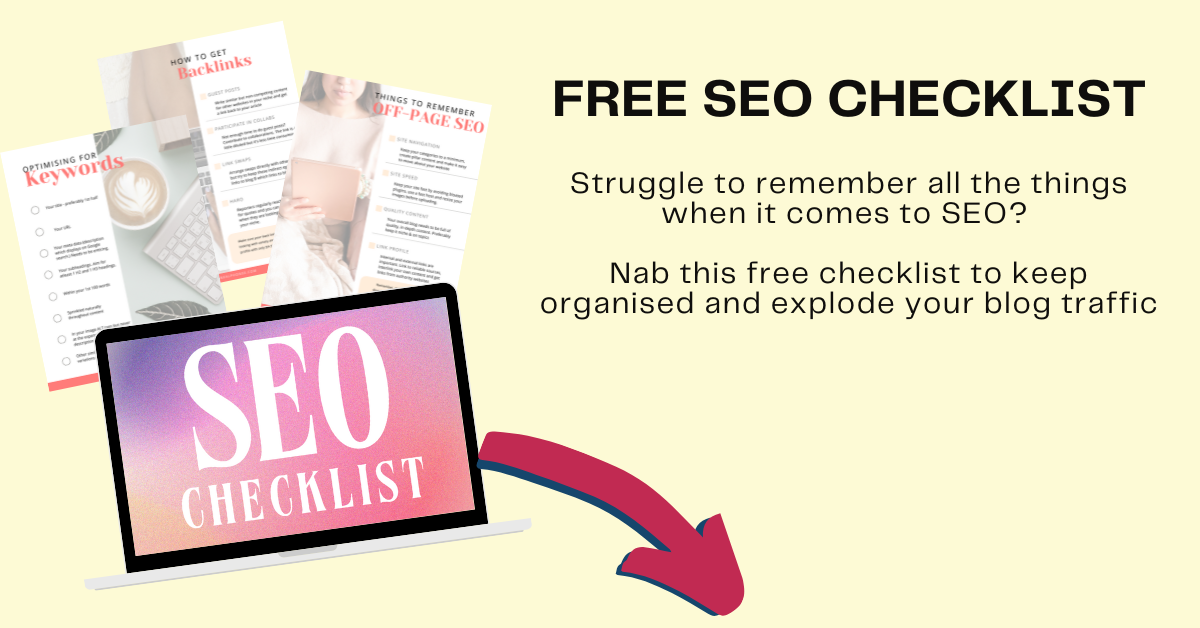Nearly every U.S.-based product seller is going to have a sales tax due date in January. Some sellers have to file sales tax often and have the whole sales tax thing licked. But many only have to file sales tax once per year. For those sellers, January and it’s many sales tax due dates can be a cold and unwelcome wake up call after the fun and profitable holiday season.
But never fear, the sales tax compliance process can be broken down into five manageable steps. Start here and you’ll be sales tax compliant in no time.
Determine where you have nexus
Forty-five states and the District of Columbia require merchants to collect a sales tax from buyers. The good news is that you only have to collect sales tax in these states if you have what’s called “sales tax nexus.” Nexus is established when you have a significant business presence in a state, which can include things like:
- Having an office
- Having an employee
- Having a warehouse
- Having an affiliate
- Storing inventory
- Dropshipping from a 3rd party provider
- Temporarily doing physical business in a state for a limited amount of time, such as at a trade show or craft fair
If you suspect you might have a physical presence in a state, you could check with that state’s taxing authority to determine whether or not you have sales tax nexus.
The first step to sales tax compliance is always to determine where you have sales tax nexus and to set up your online store (and any other channels you might sell on) to collect sales tax .
Once you’ve determined where you have nexus, your next step is to:
Register for a sales tax permit
States where you have nexus require you to secure a sales tax permit before you begin collecting sales tax. To register for a sales tax permit, go to your state’s Department of Revenue website or give them a call.
States use sales tax funds to pay for things like schools, roads and public safety, so they are very invested in any merchants with nexus in their state lines collecting and remitting sales tax.
Some states’ sales tax permits are free, while others cost a small amount.
Once you’ve registered, your state will tell you when and how often they want you to pay. This is generally monthly, quarterly or annually. Most annual due dates fall in January, which is why almost every e-commerce seller will be scrambling to file and pay this month.
Don’t skip this step! Some states consider it unlawful to collect sales tax without a permit.
Collect sales tax
Once you’re registered in any states where you have nexus, it’s time to set up sales tax collection.
Multi-channel sellers, keep in mind that you must collect sales tax from buyers in states where you have sales tax nexus through every channel that you sell on. Again, this is usually fairly easy if you only have sales tax nexus in one state. If you have sales tax nexus in multiple states, check with every platform on which you sell to make sure you’re automatically collecting sales tax from the correct buyers.
Calculate how much sales tax you’ve collected
As your sales tax filing due date approaches, now is the time to figure out how much sales tax you’ve collected from buyers in every state where you have nexus.
A few states are simple – they just want to know how much sales tax you collected from all buyers in a state. But a majority of states are more complicated. Not only do they want to know the total amount of sales tax you collected from buyers in their state, they want you to break that amount down by county, city or other special taxing district. This can mean going back over your sales with a fine-toothed comb to determine where each of your buyers lived. This is where sales tax compliance can quickly become a time consuming nightmare.
Once you’ve calculated how much sales tax you’ve collected, your next step is…
File your sales tax return(s)
Now comes the part where you turn in the sales tax you’ve collected from buyers to the state or states where you have sales tax nexus.
Most states make it fairly easy to file online. In fact, some states require that you file online or pay a penalty. Check with your individual state on when and how to file.
Don’t think you’re off the hook if you didn’t collect any sales tax over this taxable period. Many states still require that you file what is known as a “zero return” even if you don’t have any sales tax funds to remit to them. A zero return is a sales tax return that just tells the state that you didn’t collect sales tax during that taxable period. They basically want you to check in and ensure them that you’re still in business. If you forget to file a zero return, you can receive a penalty, just as if you forgot to file and pay.
Speaking of paying, it pays to file your sales tax returns on time. Many states realize that sales tax is a burden and will award merchants a sales tax discount for paying early or on time. Don’t leave that money lying on the table.
Relax – you’ve put a lid on sales tax!
Once you’ve run through these steps, you’re finished with sales tax… for now. Your next step? Put your next sales tax due date on your calendar and get ready to do it all again.
Note: Make sure you download a brand new Ebook I just created called Tax Deductions Cheatsheet. You can download the free Ebook here. This Ebook contains the ultimate list of popular Categories of Tax Deductions Business owners Shouldn’t Forget.









